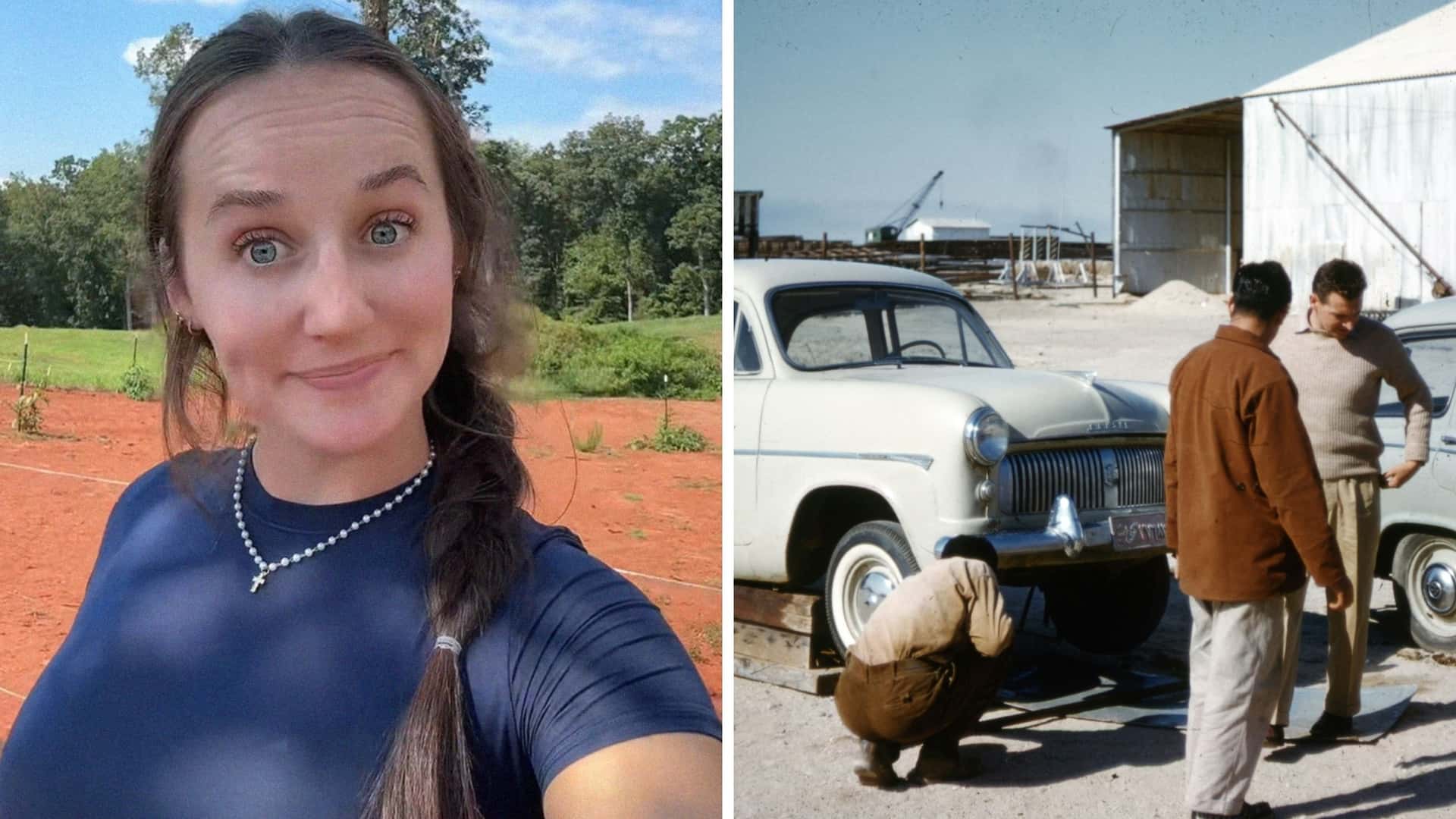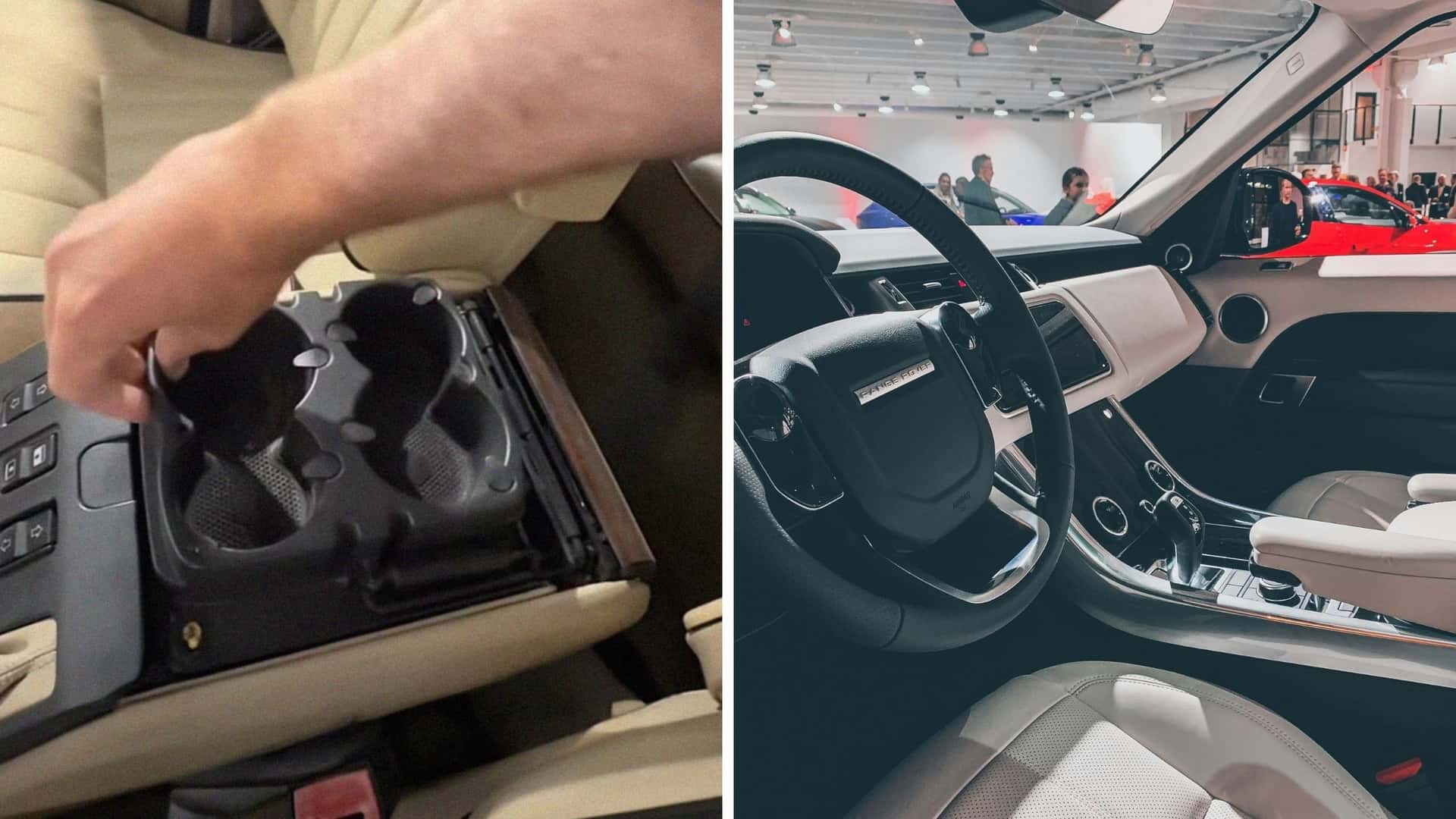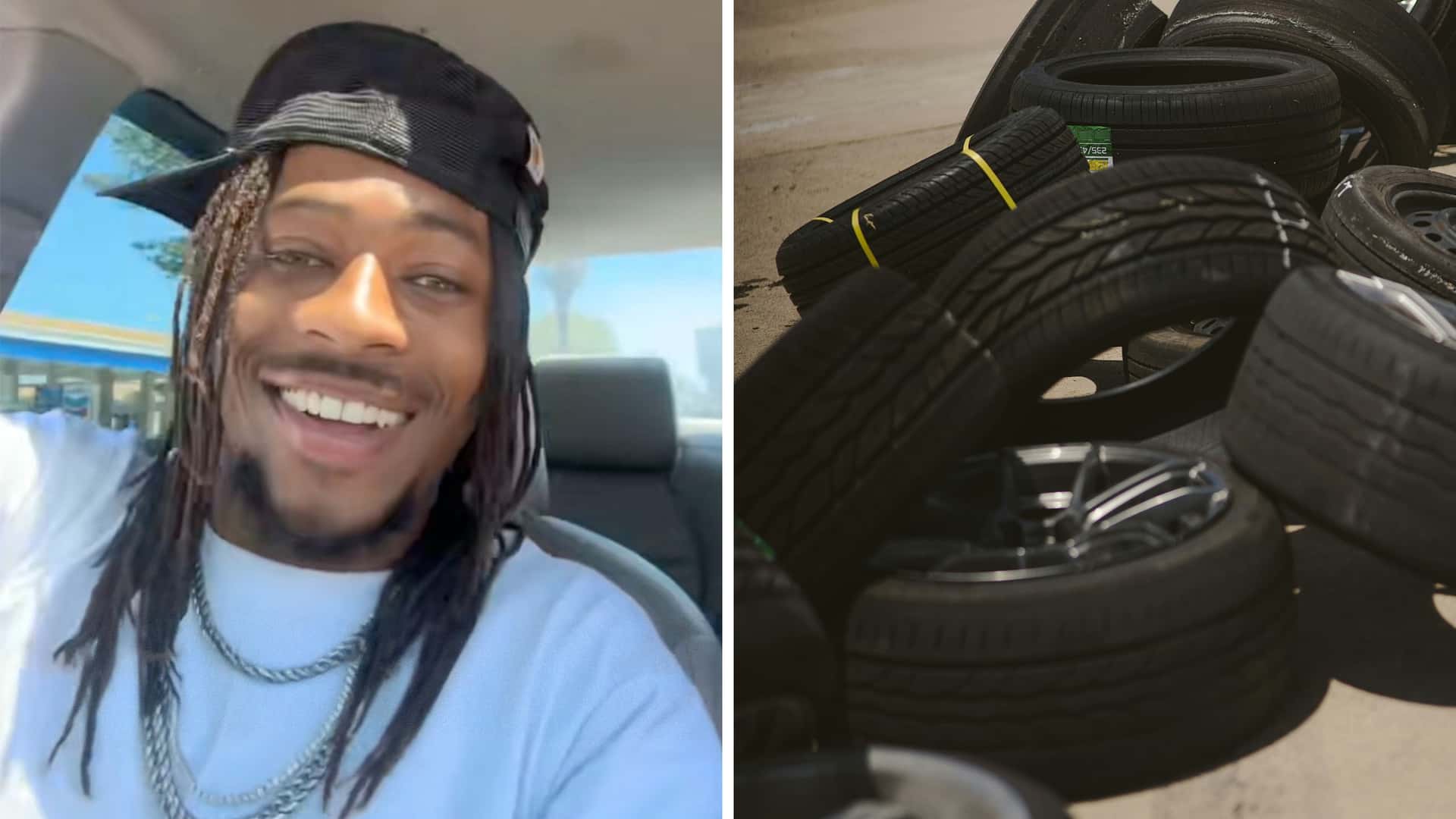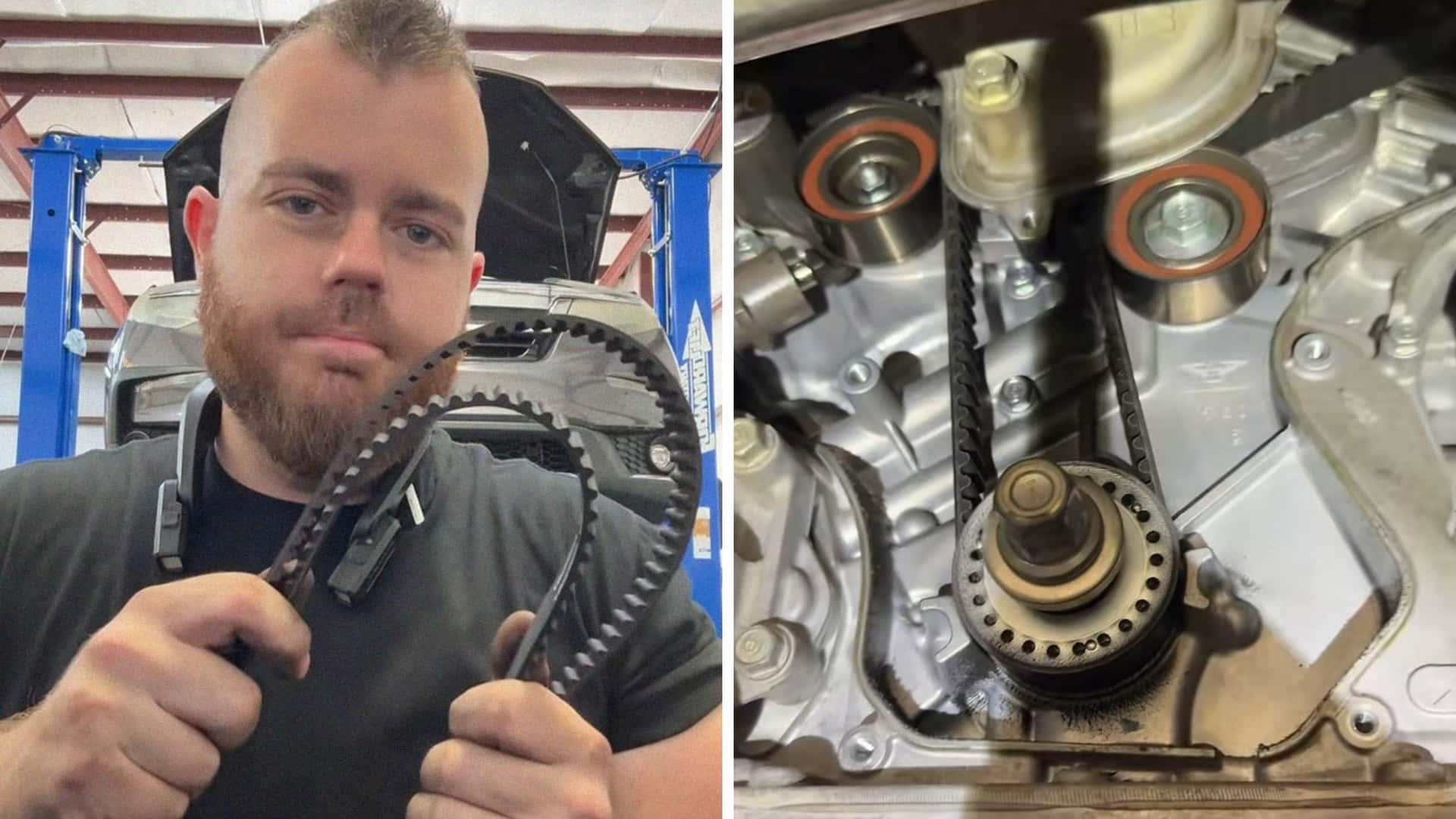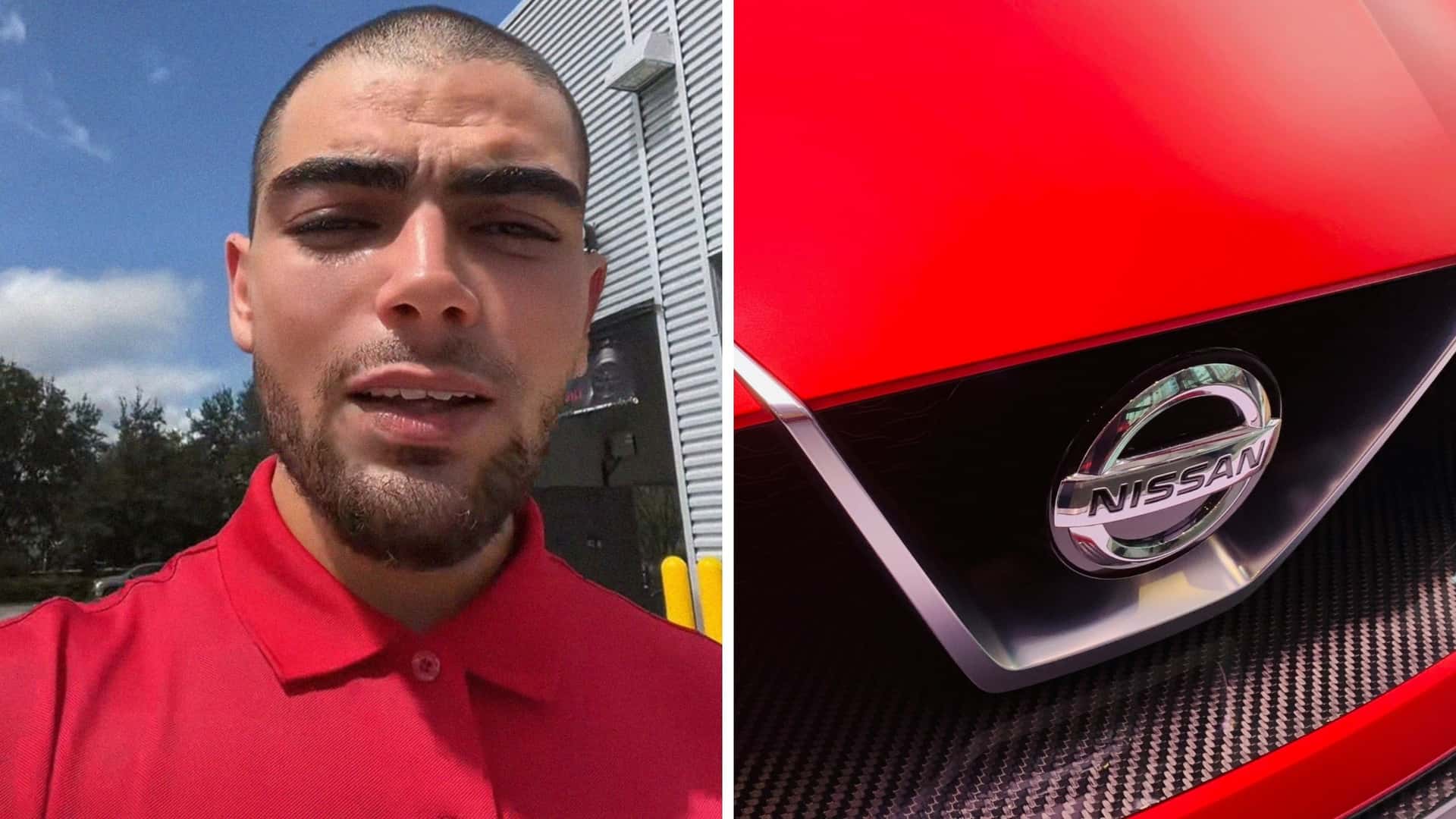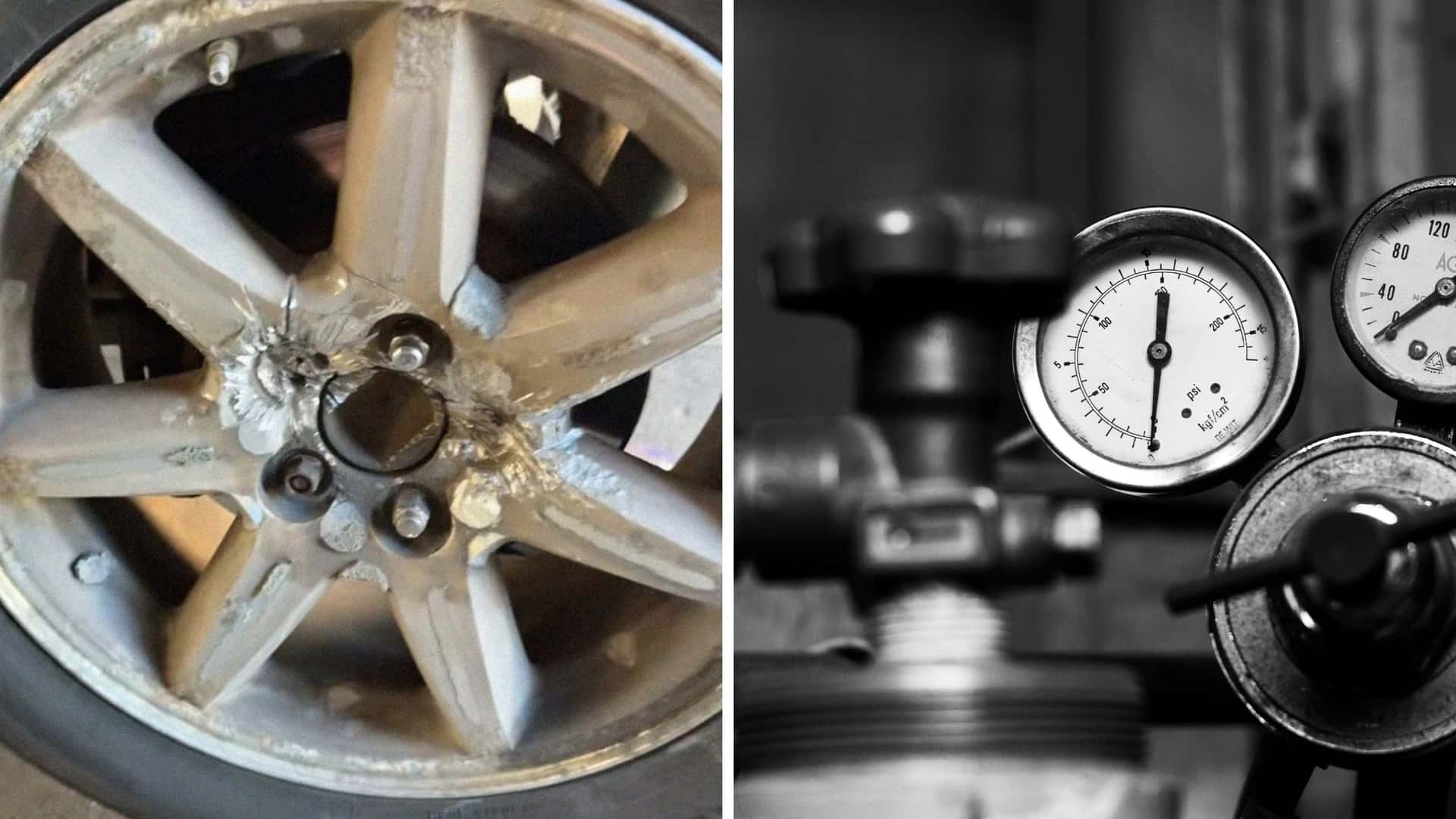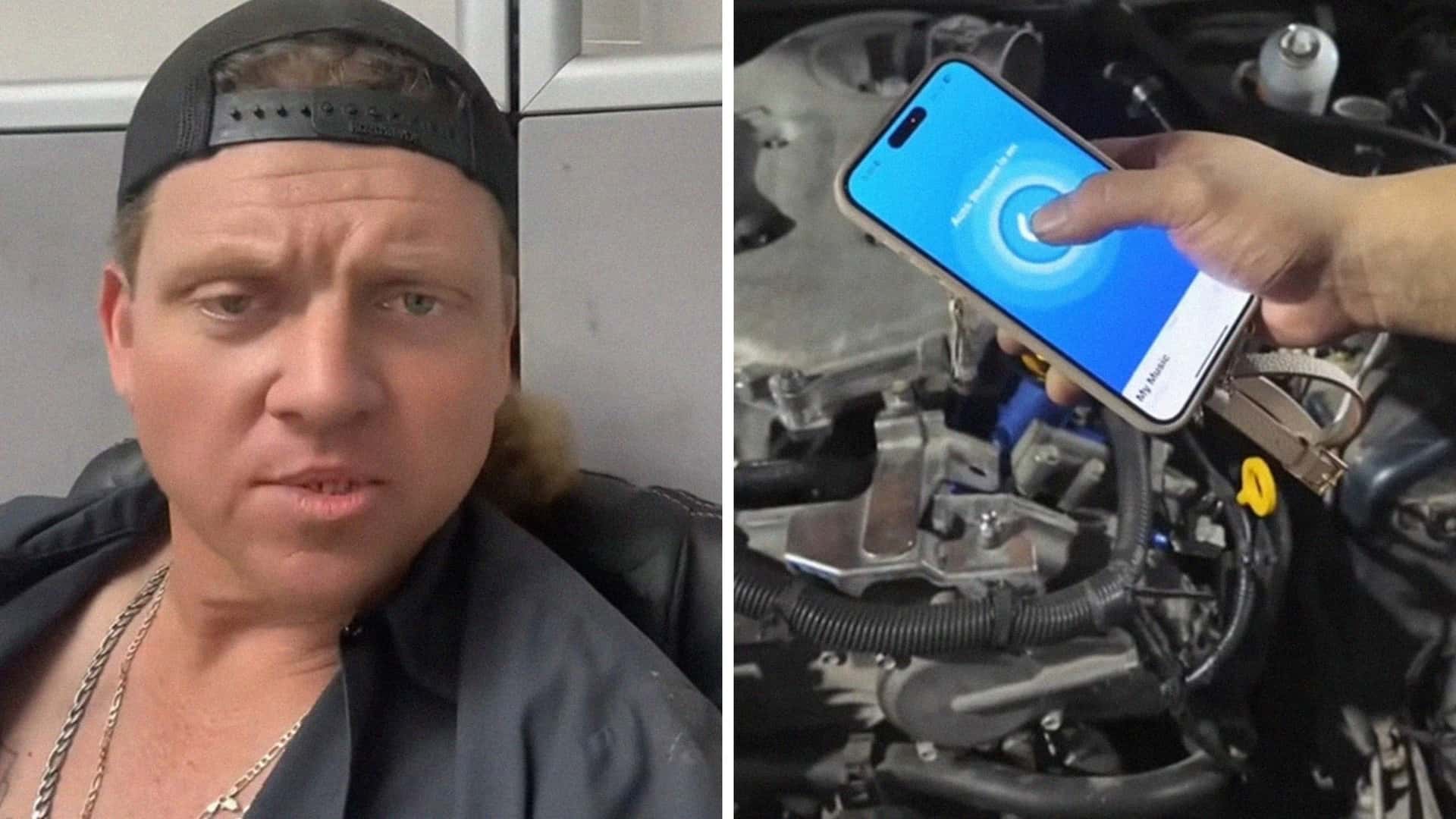
When your car’s engine starts coughing, most mechanics grab a wrench. This guy grabbed his iPhone.
In a viral Facebook Reel, a young mechanic tries to diagnose a sputtering engine not by popping the hood, but by letting an app listen to it, like a doctor with a stethoscope and a Spotify subscription.
The tongue-in-cheek clip from automotive creator Devin Bendon (username Bendin with Bendon) acknowledges that it’s silly for anyone to think pointing a smartphone at a car is all it takes to diagnose a problem. But it does make you wonder, “What if?”
“If there is no app, the first one that comes out with an app like this is going to be rich,” he said in the clip that’s been viewed more than 127,000 times.
That offhand remark captured the attention of dozens of commenters who responded with equal parts humor and skepticism.
One user quipped, “We need an app called ‘BENT’ by Bendon… same as Shazam but the only thing it ever says: ‘See what happens when you put grease in an oil bath hub.’”
Others insisted the noise sounded like a sewing machine, meaning it was surely a lifter issue, or mockingly claimed the app was just Shazam in disguise.
FROM THE TRENDING NEWS DESK
Viral bits from across the social media landscape
Our team of experts tracks what's trending so you don't have to—from viral videos to online debates that have everyone talking.
One commenter said, “That’s valve tick bro — if you can’t hear that by ear you are no mechanic.” Another warned, “They shouldn’t hold a license if mechanics start using automotive noise apps.” Still others, more pragmatically, argued that a phone could never diagnose a misfire, a failed injector, or a cylinder dropping out.
The collective reaction highlights how far the idea diverges from decades of hands-on training and diagnostic intuition. However, despite the jokes, the concept isn’t entirely ludicrous, as experimental and industrial applications of acoustic diagnostics already exist, some of which are even in space.
Is There Really a Way to Diagnose a Car With a Sound App?
The idea of diagnosing machines by sound is far from new in industrial settings. Researchers have long explored acoustic anomaly detection, where machines are monitored for sound signatures that deviate from their nominal behavior. One of the more public examples is Bosch’s SoundSee project, which uses machine learning algorithms to interpret sound patterns and detect anomalies. Originally developed for monitoring equipment aboard spacecraft, SoundSee has been tested on the International Space Station to listen for signs of impending failures in pumps and motors.
On Earth, Bosch is also developing AI-powered audio analytics platforms for industrial health monitoring, including in automotive and heavy machinery environments. Their work demonstrates that, under controlled conditions, a microphone array combined with machine learning can distinguish among operational modes and identify irregular behavior.
In manufacturing, Bosch’s SVENTA platform is another example of acoustic assessment in the field, applying AI to spot faults by analyzing acoustic signatures across machine components. These systems typically combine multiple sensors, controlled environments, and large training datasets to overcome noise and false positives.
However, carrying that capability into a chaotic garage environment with engine covers off, ambient shop noise, varying microphone quality, and multiple overlapping sound sources is a massive leap. Microphone sensitivity, positioning, interference from exhaust, rolling vibrations, and acoustic reflections all complicate the capture of a clean signal. Even the most capable AI models require well-labeled datasets to learn from, which necessitates a large number of known-fault audio samples and meticulous annotation.
Ironically, some mainstream car brands have already incorporated rudimentary acoustic or vibration-based diagnostics, although nothing as consumer-facing as a phone app that tells you “rod knock” or “valve tap.”
A notable case is Kia’s Knock Sensor Detection System (KSDS) software update, introduced in a voluntary product campaign covering 2011–2018 Optima, Sorento, and Sportage models. The idea was to monitor subtle vibration signatures associated with excessive bearing wear, trigger diagnostic trouble codes, such as P1326, blink the check engine light, and limit the engine’s rev range to mitigate further damage.
In 2024, Kia also issued a safety recall on certain 2011 Sorento models due to engine fire risk. As part of the remedy, the automaker committed to installing KSDS software at no cost. More recently, in 2025, Kia recalled over 137,000 vehicles with piston ring defects, requiring dealers to install software that detects piston ring noise as part of the fix. That suggests a growing demand for built-in, noise-sensitive monitoring strategies at the OEM level.
Still, none of these systems provides a “microphone to engine, get diagnosis” user experience. They operate behind the scenes via embedded sensors and control logic, not the kind of open-ended listening your average phone mic can do.
Gallery: Ford develops Sound Symposer for amplifying engine sound in the Focus ST [video]








Why Seasoned Mechanics Roll Their Eyes
To a veteran tech with years of engine listening experience, diagnosing by sound is as much an art as it is a science. The pros combine what they hear with what they feel (vibration), what they see (leaks, wear, soot), what they smell (fuel, oil), and what they know about component behavior under load. An acoustic-only reading is a fraction of that story.
Moreover, many common problems produce similar noises, including rod knock, lifter tick, belt rattle, and chain slap, making it difficult to distinguish them based solely on sound. The physical state of the engine—including oil volume, temp, RPM, air intake, and backpressure—dramatically shapes the acoustic fingerprint. Asking an app to discern defect mode in isolation is like asking voice recognition software to identify a single instrument in an orchestra without context.
Still, many mechanics welcome AI and data tools, so long as they augment, not replace, sensory judgment. In that sense, acoustic AI is just another sensor.
Whether or not Devin’s video was sincere, he tapped into a broader longing: The wish that every mechanical problem could be solved with a tap, a scan, or an app. The idea of “Shazam for engines” both mocks and romanticizes our hope for magical, instantaneous diagnosis. It also captures a cultural tension: old-school craft vs. algorithmic shortcuts.
But innovation often starts where people joke. The first mobile app that can reliably distinguish between knock, rod knock, detonation, timing‐chain slap, or bearing rattle under real-world conditions would immediately attract attention and capital. And the engineering foundations are already being laid: audio AI, anomaly detection, virtual sensing, sensor fusion.
A few years from now, it’s entirely plausible your next car’s ECU could record a subtle vibration or noise shift, compare it with a learned baseline, flag it, and suggest a specific fix. That’s essentially what industrial systems already do. It's simply a matter of scaling down, refining, and adapting to complex environments.
For now, though, pointing your iPhone at a shaking engine is still a comedy bit. But it’s a comedy with a probe of possibility tucked inside.
Motor1 reached out to Bendon via email. We’ll be sure to update this if they respond.
We want your opinion!
What would you like to see on Motor1.com?
Take our 3 minute survey.- The Motor1.com Team




